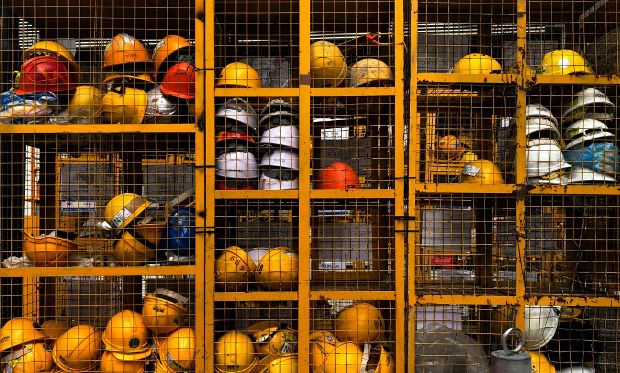|
COVID-19 and the new meaning of safety and health at work
In the context of the COVID-19 pandemic, occupational safety and health takes on even greater importance. It is a core aspect of decent work, and as such, it should be universally guaranteed. Yet, too many work accidents still take place every year. Work accidents have a significant human, social and economic cost, which we should strive to eliminate by ensuring that all workplaces are safe and healthy.
On April 28th, the ILO celebrated the World Day for Safety and Health at Work, an annual international campaign to promote safe, healthy and decent work. Work accidents have a significant human, social and economic cost, which we should strive to eliminate by ensuring that all workplaces are safe and healthy.
In the context of the COVID-19 pandemic, occupational safety and health takes on even greater importance. This is why the theme of the 2020 World Day for Safety and Health at Work is Stop the pandemic: Safety and health at work can save lives. This campaign promotes the adoption of occupational safety and health measures in response to this pandemic aimed at preventing and mitigating health risks, including those arising from new working arrangements.
Despite the international commitment to occupational safety and health via the SDGs, work accidents are still far too common
A large share of the world’s population spends a great portion of their day at work, and we do so for a great portion of our lives. This means that our work environment and workplace have a strong impact on our living conditions, our well-being and that of our families.
Occupational safety and health is a core aspect of decent work, and as such, it should be universally guaranteed. Workers around the world should be able to feel safe in their workplaces, reassured that they are not exposed to undue risks.
The importance of occupational safety and health was recognized in the 2030 Agenda for Sustainable Development: target 8.8 of the agenda refers to the protection of labour rights and the promotion of safe and secure working environments for all workers, including migrant workers and those in precarious employment.
Yet, unfortunately, many workers around the world are exposed to undue risks in their workplaces and work accidents are still far too common.
In 12 countries out of the 90 with data available in ILOSTAT, there were more than 10 work-related fatalities per 100’000 workers during the data reference year. And in half of the countries with available data, the number of non-fatal injuries incurred by workers in connection to their work surpassed 890 per 100’000 workers.
|



